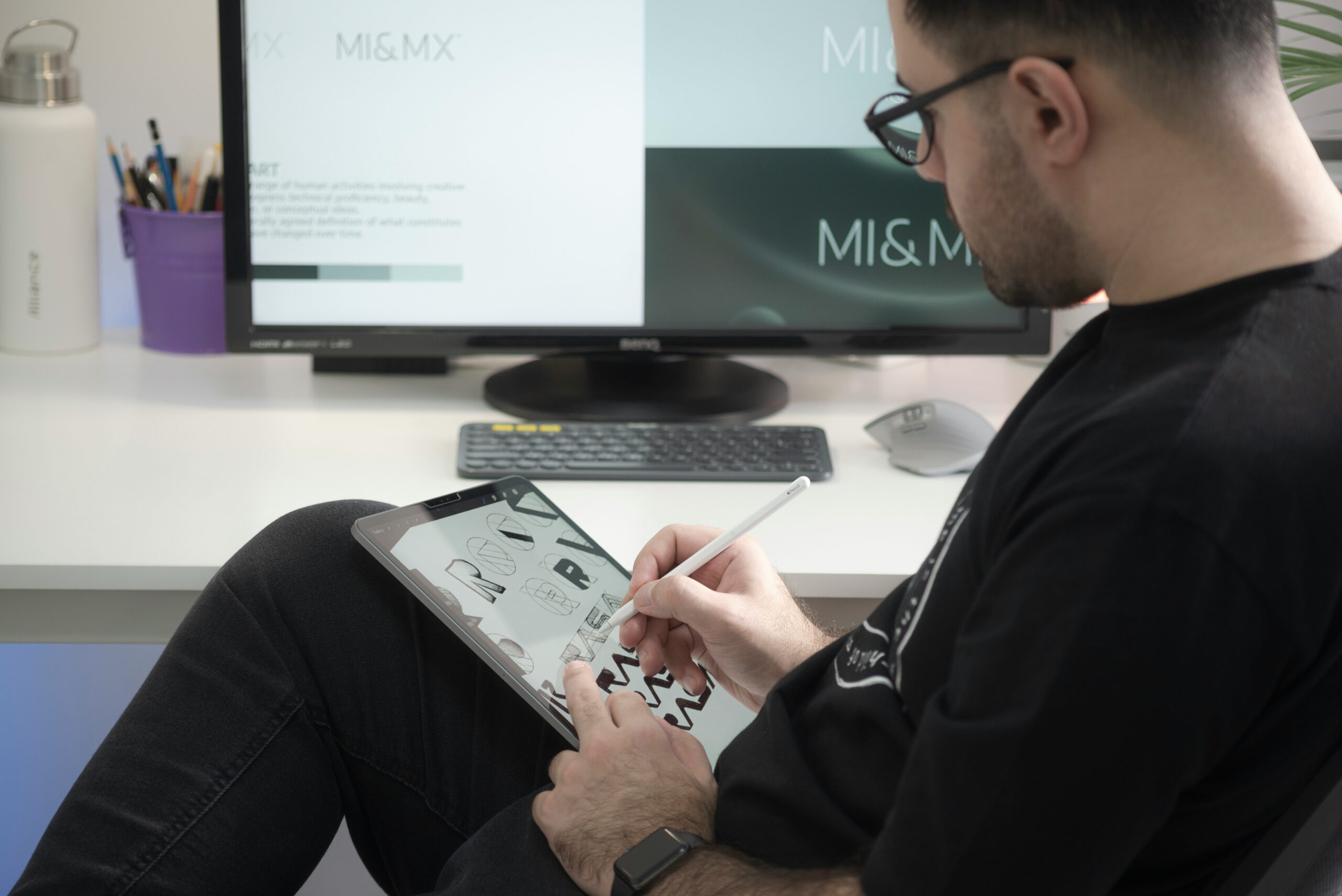Maximizing Success: A Comprehensive Guide to Collaborating with Professional Screen Printing, Embroidery, and Promotional Items Companies
Creating well-crafted custom garments and promotional material is important to the integrity of your brand. Bringing the unique needs and preferences of your brand to trusted professional service providers is a collaborative process. To ensure that this process is seamless and successful, it’s crucial to eliminate friction, streamline the process, and maximize communication.
This comprehensive guide will walk you through the key steps, from engaging in the initial conversation to ensuring a final product that meets or exceeds your expectations.
1. Creating a Productive First Conversation
The first conversation is all about defining your project requirements. When the service provider has an opportunity to understand your vision, the entire process will be smoother. Here are three angles to consider when laying out your project requirements:
- Purpose and Goals:
- Clearly articulate the purpose of your project and its intended goals.
- Communicate the desired outcome and how success will be measured.
- Budget:
- Establish a realistic budget for your project, taking into account the quality and quantity of items.
- Timeline:
- Clearly define your project timeline, considering any events, deadlines, or promotional activities tied to the project.
2. Beginning your Project: Art and Design Files
After your first conversation, your service provider will need completed artwork to accurately price your project. They will be able to point out any issues or provide creative insight into sizing, placement, and coloring. To start your project on a high-note, consider these three points:
- File Formats:
- For screen printing, provide vector files such as .ai, .eps, or .pdf for optimal quality.
- For embroidery, share .emb or .dst files to preserve intricate details.
- Resolution and Color:
- Ensure high-resolution files for clarity and sharpness in print or embroidery.
- Specify color codes using Pantone (PMS) for accurate color reproduction.
- Mockups:
- Request and review mockups before production to visualize the final product.
- Confirm design placement, size, and any specific details unique to your project.
We have a helpful article, Demystifying Design Files: A Guide for Screen Printing and Embroidery within our resource section to provide more understand of file types for screen printing and embroidery.
3. Finding Your Canvas: Product Selection
Whether your project involves screen printing T-shirts, embroidering trucker hats, or branding merchandise, selecting the right product is paramount. You want a product that will display the values of your brand. If you are wanting to explore different products, inquire with your service provider about their recommendations and ask for catalogs. When you have found the right canvas for your brand, here are three items to communicate:
- Model Numbers:
- Clearly communicate the model numbers of the garments you have selected. This avoids confusion and ensures the correct items are used.
- Colors:
- Specify the exact colors of the garments you want, ensuring they align with your brand or event theme.
- Quantities by Size:
- Provide a breakdown of the quantities needed for each size. This information is crucial for accurate production planning.
4. Streamlining the Process: Maximize Efficiency
Nothing can jam up a project like the little things. Making a few adjustments to the process can make lots of headaches disappear. Here are three key steps that ensure a smooth process:
- Single Point of Contact:
- Designate a single point of contact on both sides to facilitate communication and minimize confusion.
- Consolidate Orders:
- If placing multiple orders, consider consolidating them to benefit from economies of scale and potentially lower costs.
- Sample Orders:
- Before placing a bulk order, request a sample to assess the quality and confirm that it meets your expectations.
5. Streamlining the Process: Maximize Efficiency
When it comes to the garments or merchandise that are going to represent your brand, clear and frequent communication is key. Any good partnership between a business and a service provider is essentially a conversation about unique needs being filled in high quality ways. Make sure that your needs are met and that their quality is superior with these three communication components:
- Regular Updates:
- Establish a communication schedule for updates on the project’s progress.
- Regularly check in with the service provider to address any concerns promptly.
- Changes and Revisions:
- Clearly communicate any changes or revisions to the original project plan promptly.
- Be open to feedback and suggestions from the service provider.
- Questions and Clarifications:
- Encourage an open line of communication for any questions or clarifications that may arise during the project.
6. Post Production Inspection
When you pick-up an order from your local, professional screen printing, embroidery, and promotional items provider, stick around! Open up the order and take a look. Your business partner will want to show off their handiwork, and you’ll want to make sure that all of your needs are fulfilled. Keep these two things in mind when doing a post-production inspection:
- Quality Assurance:
- Inspect the final products for quality assurance, checking for accurate printing, embroidery, and adherence to design specifications.
- Timely Feedback:
- Provide timely feedback on the completed project, highlighting what went well and areas for improvement.
Conclusion: A Collaborative Success
Working with a professional screen printing, embroidery, and promotional items company can be a rewarding experience when approached with a clear plan and effective communication. By defining your project requirements, providing high-quality art and design files, specifying garment details, streamlining the process, and maintaining open communication, you set the stage for a successful collaboration. Remember, collaboration is a two-way street; be receptive to input from the service provider, fostering a partnership that enhances the overall quality and success of your project.


